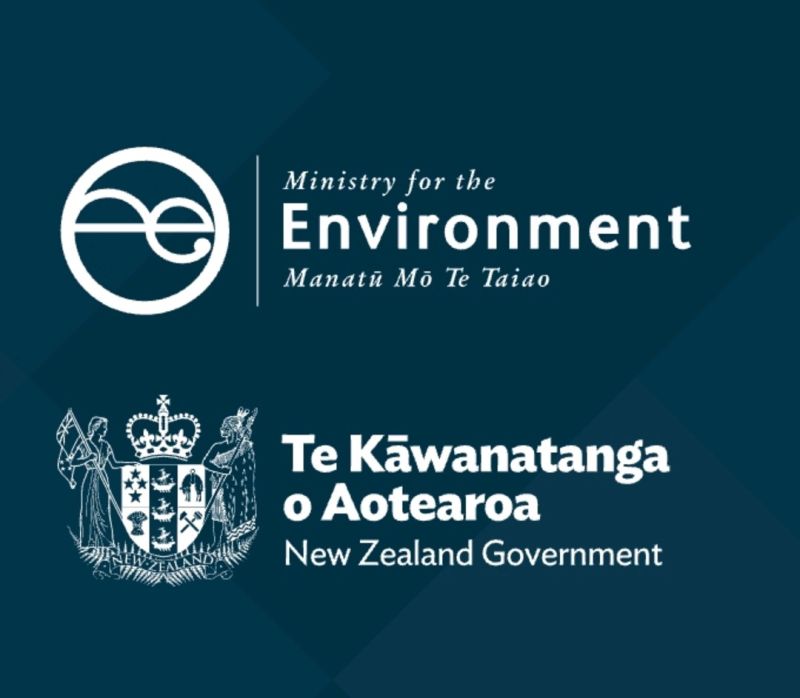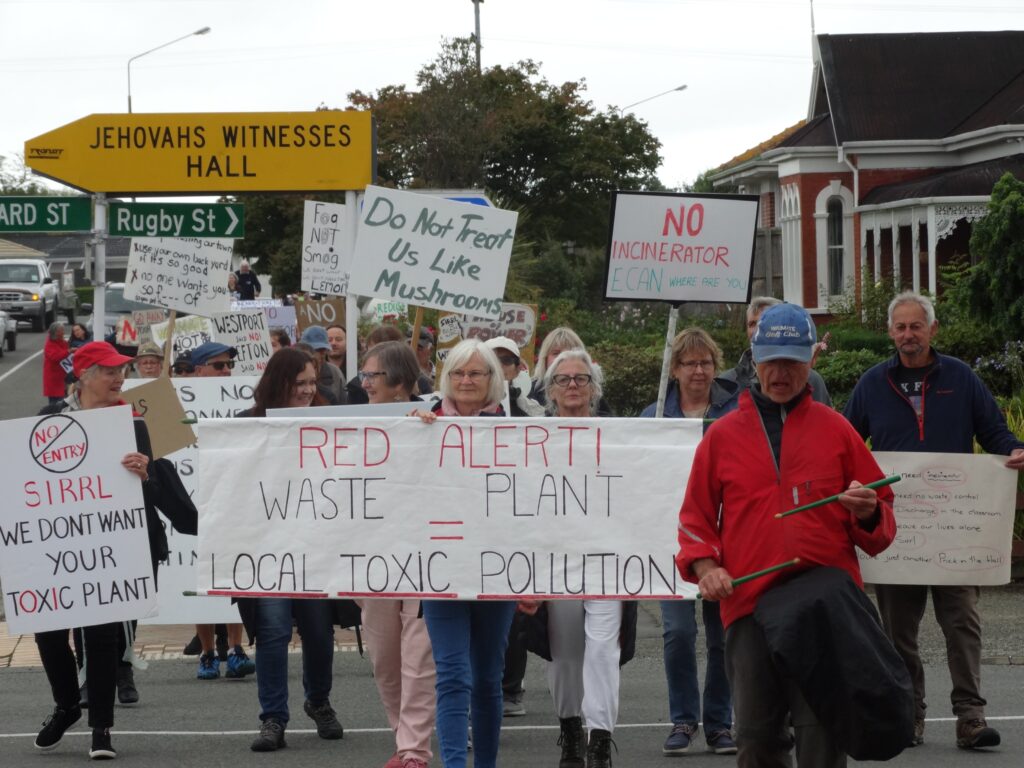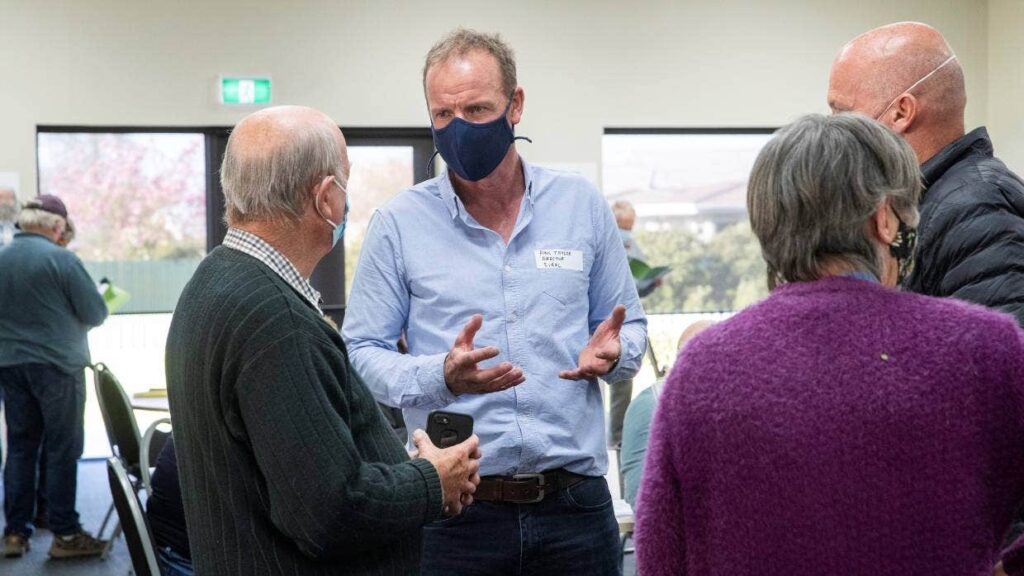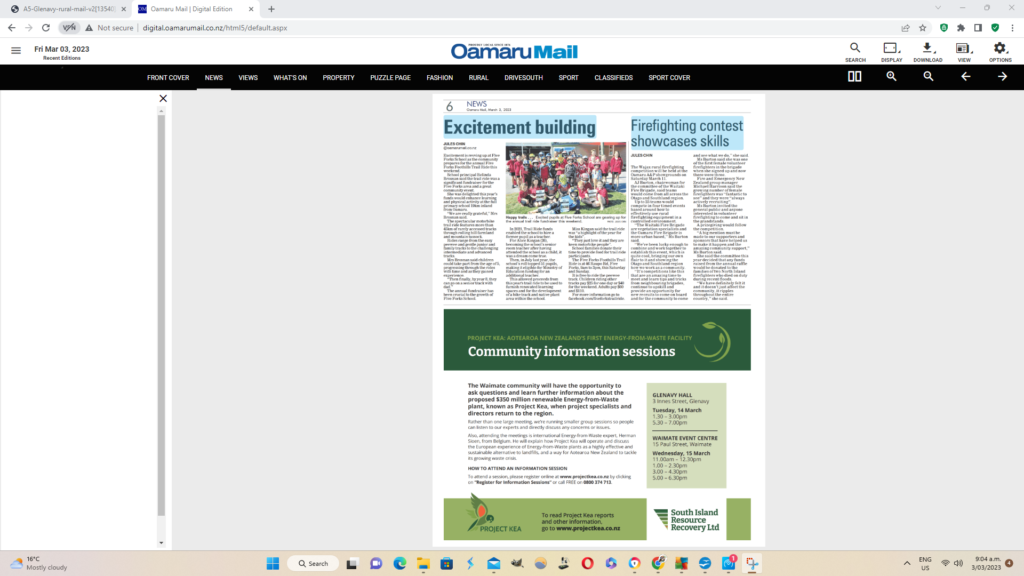SIRRL provide misleading statements in an attempt to shore up waste availability figures.
“There was an estimated 1,800,965 tonnes of waste in the South Island that went to class 1 and 2 landfills and farm dumps in 2021, much of which could have instead gone to an Energy from Waste plant. Project Kea will look to secure approximately 20% (or 365,000 tonnes) of that volume.” – Paul Taylor, SIRRL. Class 2 landfills are used to dispose of construction and demolition fills, a large quantity of which is rubble, providing no calorific value. Farm dumps are essentially private landfills. For SIRRL to gain access to those volumes, the company would need to collect waste from every farm site on South Island, which is not plausible. Claiming 1.8 million tonnes of available waste material in the South Island could be put through a Waste incinerator is misleading. Also, claiming that you require only 20% of that volume distorts the truth even further. For more on SIRRL’s waste projections see below. More on Waste










